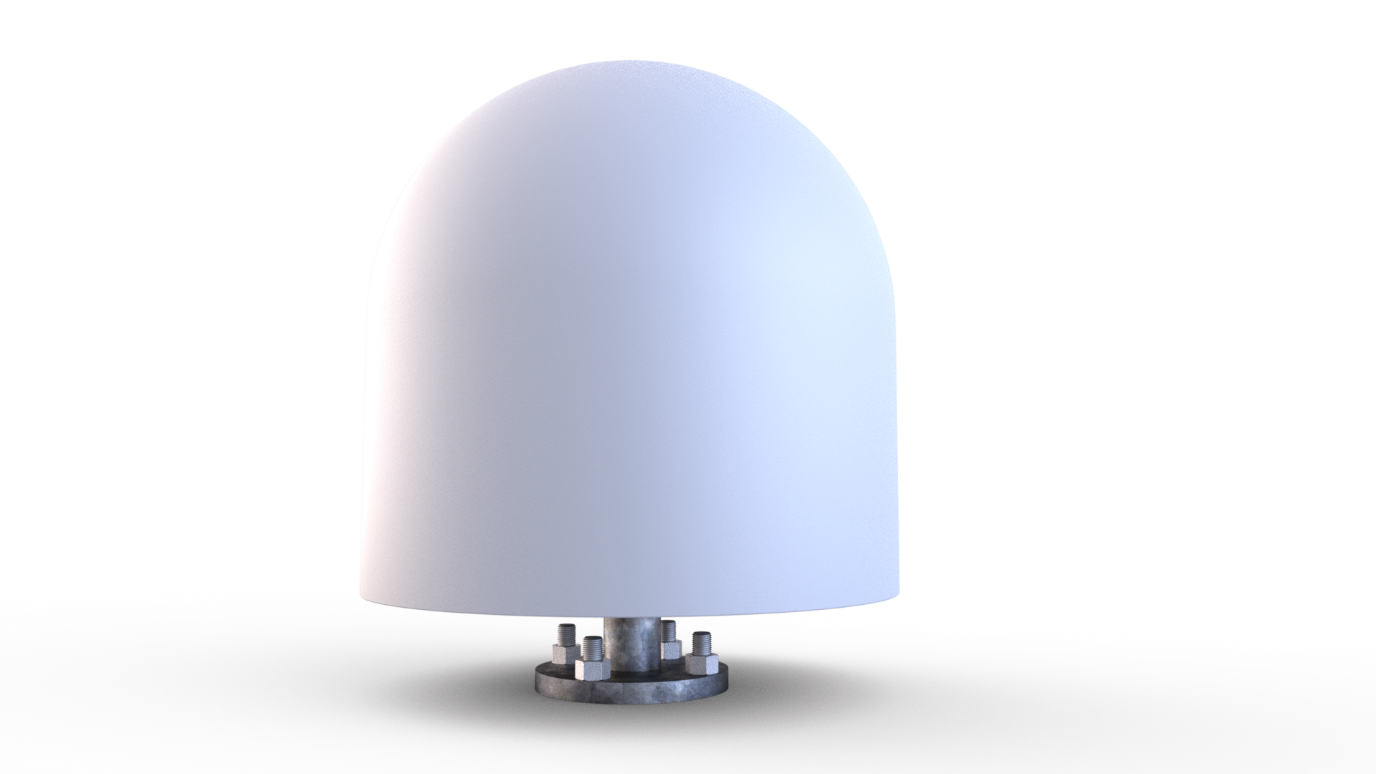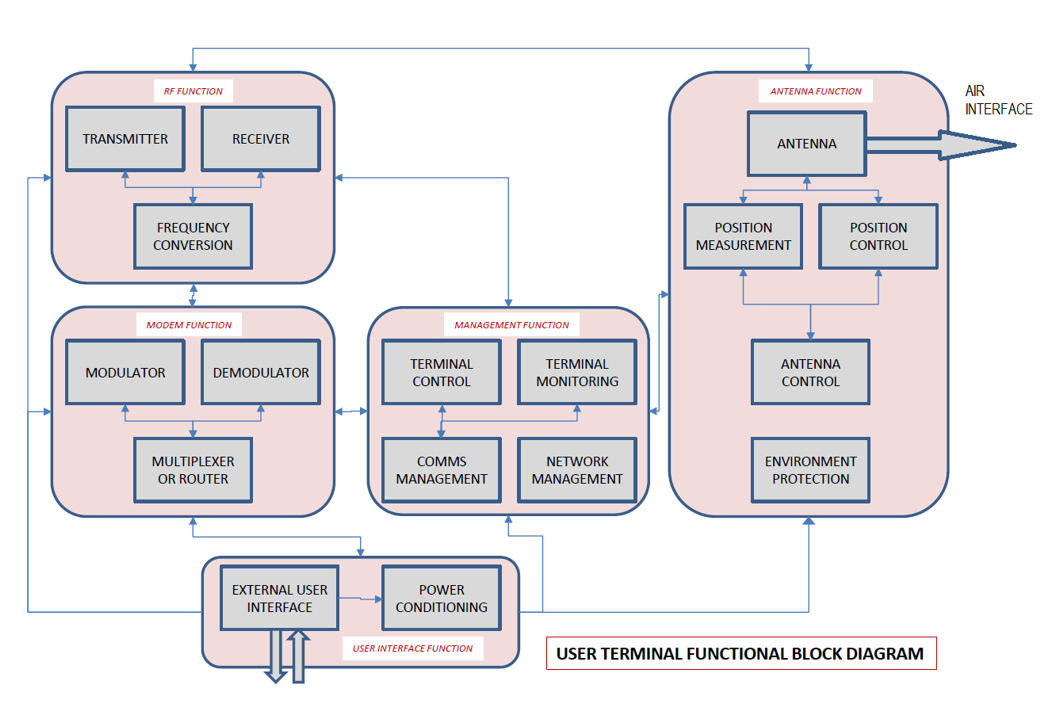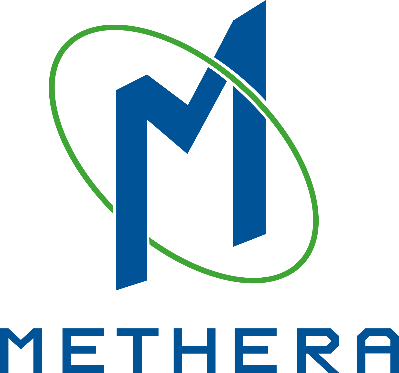-
StatusOngoing
-
Status date2021-11-22
-
Activity Code7B.063
The objective of the proposed activity is to develop a family of user terminals for Ka band MEO and LEO constellations that can be sold at a low enough price-point to enable operators to provide satellite broadband affordably to the large, transient and growing under-connected global communities.
The terminals are designed to have a low cost, high performance, improved tracking, and dual antenna capability.

The key challenges of the project are to produce the terminals at a low enough price point, whilst retaining the functionality in different environments with a high throughput capability.
The solution overcomes many of the limitations of electronically steered antennas (despite recent advances in that field), particularly coverage, sidelobe performance and cost.
Lower cost means wider affordability to connect underserved users and open new market opportunities.
The design of the LCUT enables operation with MEO, LEO and GEO spacecraft (subject to specific implementations of waveform and network management solution) and is initially configured for operation with the Methera satellite constellation at Ka band frequencies.
The LCUT is a two-way (transmit and receive, simultaneously) Ka-band system operable with satellites in non-Geostationary orbits (notably MEO and LEO constellations).
The LCUT uses a conventional and compact parabolic antenna design, mechanically pointed, recognising that current generation electronically steerable solutions have significant limitations with respect to required performance and cost targets.
The schematic below presents the LCUT from a functional point of view.

The project began in October 2021 and the key milestones are as follows:
- System Requirements Review – Q1 2022
- Preliminary Design Review – Q2 2022
- Critical Design Review – Q3 2022
- Test Readiness Review – Q2 2023
- Formal Qualification Review – Q4 2023
- Project Completion – Q1 2024
The project is currently refining the system level requirements and producing the subsystem requirements. Some early elements of low-risk design are in progress.







